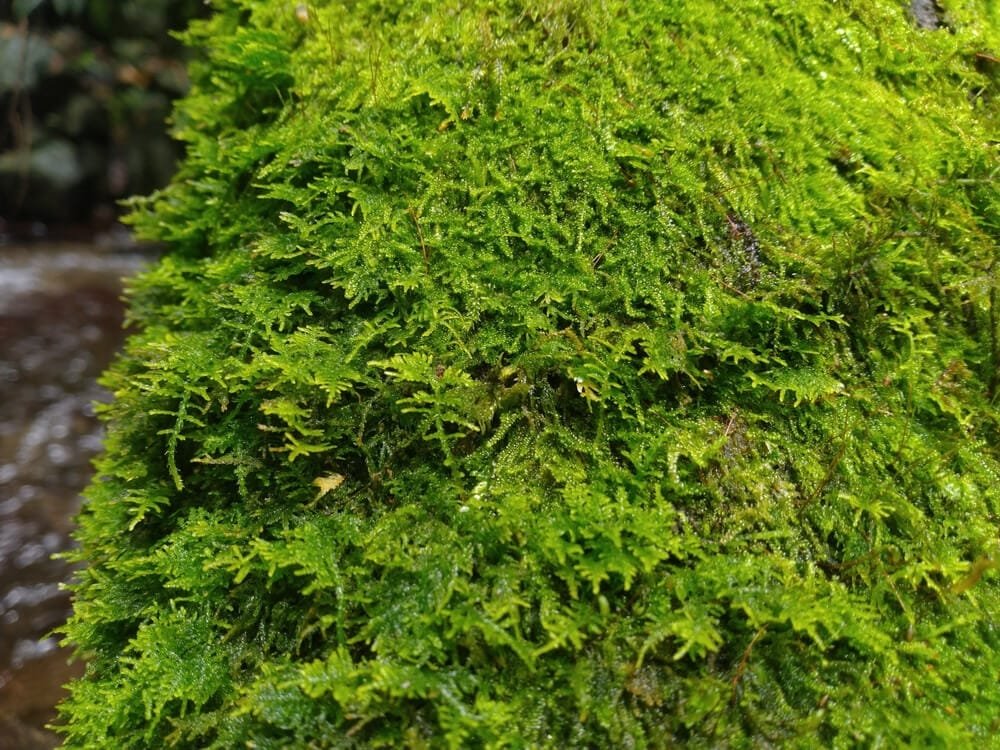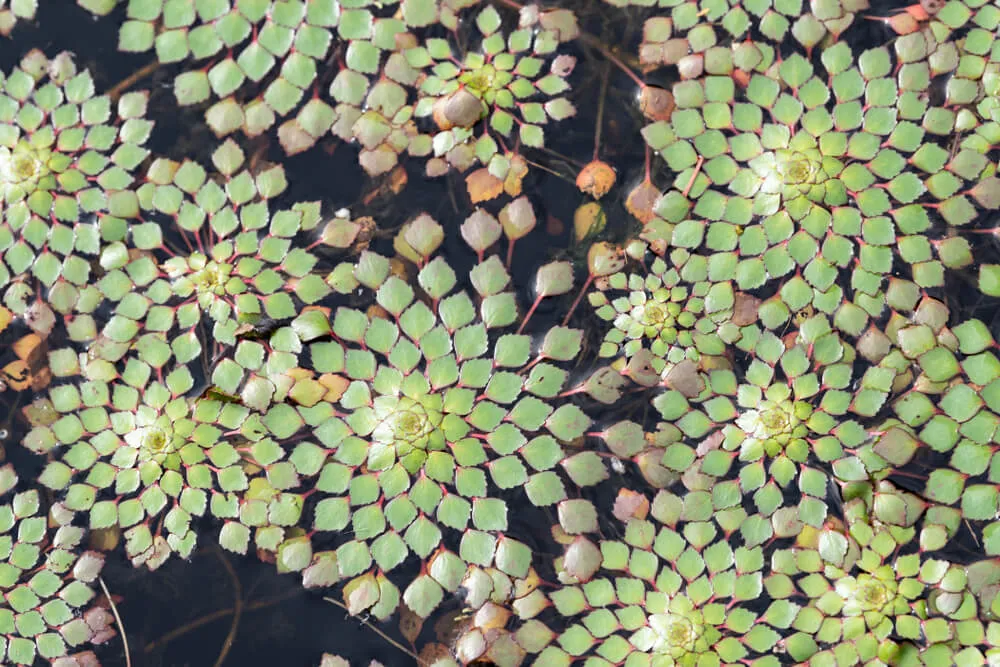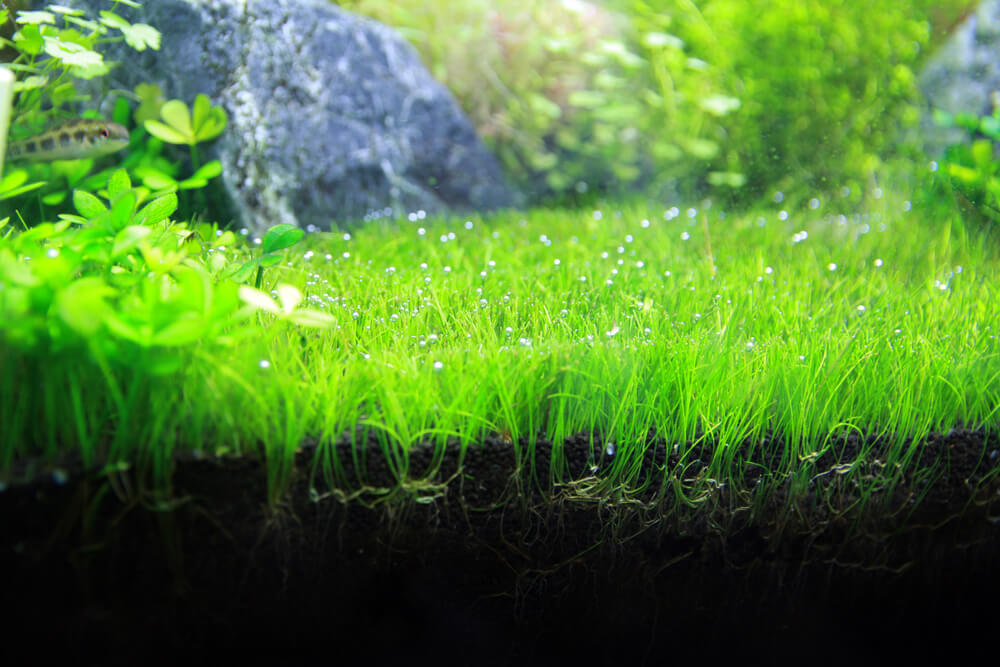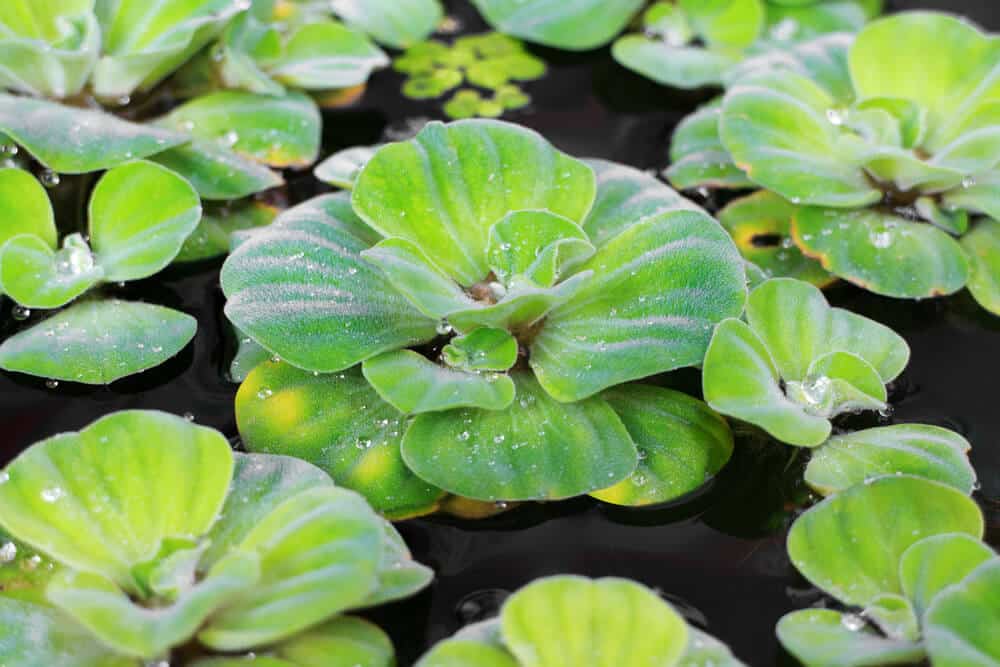Christmas Moss: Everything You Need to Know About in Aquariums

In this article, you will discover the fascinating world of Christmas Moss. Delicately draped over aquatic landscapes, this captivating plant adds a touch of enchantment to any aquarium. With its lush green coloration, intricate leaf structure, and undeniably festive name, Christmas Moss is a sought-after addition for both beginner and experienced aquarists alike. Join us as we explore the beauty and care requirements of this remarkable aquatic plant.
1. What is Christmas Moss?
Christmas Moss (Vesicularia montagnei) is a popular aquatic plant that is widely used in aquariums and terrariums. Its unique delicate appearance and vibrant green color make it a favorite among hobbyists and aquascapers. In this article, we will explore the history, origin, and description of Christmas Moss.
1.1 History and Origin
Christmas Moss is native to Southeast Asia, particularly in countries like India, Indonesia, and Malaysia. It was first discovered in the mid-19th century by the French botanist Jules Cardot. The name “Christmas Moss” comes from its festive-looking growth pattern, which resembles tiny Christmas trees. Since its discovery, Christmas Moss has gained popularity in the aquarium hobby due to its beauty and ease of cultivation.
1.2 Description and Appearance
Christmas Moss is a small, creeping moss species that belongs to the Hypnaceae family. It forms dense clusters of feathery, fern-like stems that can grow up to 5-10 centimeters in length. The moss creates a lush carpet-like effect when attached to rocks, driftwood, or other surfaces in aquariums. Its leaves are lanceolate, ranging from light to dark green in color, and have a subtly serrated or toothed appearance. The delicate branches of Christmas Moss create a visually appealing and natural-looking aquatic environment.
2. Cultivation and Care of Christmas Moss
To ensure the healthy growth of Christmas Moss, it is important to provide the ideal conditions and proper care. In this section, we will discuss the ideal conditions for growth, as well as water and lighting requirements, propagation techniques, and maintenance tips.
2.1 Ideal Conditions for Growth
Christmas Moss thrives in moderate to high lighting and slightly acidic to neutral water conditions. The recommended temperature range is between 72-82 degrees Fahrenheit (22-28 degrees Celsius), with a pH level of 6.0-7.5. It is important to maintain stable and consistent parameters to promote healthy growth and prevent stress on the moss.
2.2 Water and Lighting Requirements
In terms of water quality, Christmas Moss prefers soft water with a low mineral content. It is advisable to use a filtration system that removes chlorine and other harmful elements from the water. As for lighting, providing moderate to high-intensity light is essential for optimal growth. LED lights or fluorescent bulbs specifically designed for aquatic plants are recommended.
2.3 Propagation
Christmas Moss is a fast-growing moss that can be easily propagated through fragmentation. Simply snip or trim a healthy portion of the moss and attach it to a new surface using fishing line, thread, or plant weights. Over time, the attached section will develop roots and begin to grow into a new cluster. This method allows for the expansion and spread of Christmas Moss throughout the aquarium or terrarium.
2.4 Maintenance and Pruning
Regular maintenance is important to keep Christmas Moss healthy and prevent overgrowth. Pruning should be done periodically to remove any dead or damaged portions of the moss. This will promote new growth and maintain its attractive appearance. It is also recommended to remove any debris or algae that may accumulate on the moss to prevent unwanted pests or diseases.
3. Benefits of Christmas Moss in Aquariums
Christmas Moss offers several benefits to aquariums, both aesthetically and functionally. In this section, we will explore the various advantages of having Christmas Moss in your aquatic setup.
3.1 Filtration and Water Quality
One of the key benefits of Christmas Moss is its ability to act as a natural filter. The moss helps to remove pollutants and excess nutrients from the water, which can lead to improved water quality and reduced algae growth. Additionally, the dense growth of the moss provides a habitat for beneficial bacteria, which aids in the biological filtration process.
3.2 Aesthetics and Aquascaping
Christmas Moss is highly valued for its aesthetic appeal. The vibrant green color and delicate structure of the moss create a visually captivating underwater landscape. When used in aquascaping, it can be arranged in various ways, such as attaching it to rocks, driftwood, or tying it onto mesh structures. The versatility of Christmas Moss allows for endless creative possibilities in designing stunning aquarium landscapes.
3.3 Habitat and Shelter for Fish
In addition to its visual appeal, Christmas Moss also serves as a natural habitat and shelter for many fish species. The dense growth provides a safe haven for small fish, fry, and invertebrates, allowing them to hide and seek refuge from larger, more aggressive tankmates. The moss also provides a favorable environment for fish to lay their eggs, mimicking their natural breeding habitats.
3.4 Oxygenation and Algae Control
Christmas Moss plays a vital role in oxygenating the aquarium water. Through its photosynthetic process, the moss releases oxygen into the surrounding water, creating a healthier and more oxygen-rich environment for your fish. Additionally, the dense growth of Christmas Moss helps to shade the substrate, reducing the amount of light available for algae growth. This can help to control algae blooms and maintain clearer, cleaner water.
4. Common Issues and Troubleshooting
While Christmas Moss is generally a hardy and easy-to-care-for plant, it can face a few common issues. In this section, we will address some of these issues and provide troubleshooting tips.
4.1 Algae Overgrowth
One of the challenges that aquarium hobbyists may face with Christmas Moss is algae overgrowth. If the moss is exposed to excessive light or nutrient imbalances, it can become susceptible to algae infestation. To control algae overgrowth, ensure that the lighting is not too intense and maintain proper nutrient levels in the water. Regular cleaning and maintenance, such as removing dead algae or debris from the moss, will also help prevent algae from taking over.
4.2 Improper Growth and Browning
Improper growth and browning of Christmas Moss can indicate underlying issues. Insufficient lighting or poor water quality, including high levels of ammonia or nitrates, can cause the moss to deteriorate. Adjusting the lighting intensity or improving water parameters, such as performing regular water changes and adding fertilizer if necessary, can help rejuvenate the moss and promote healthier growth.
4.3 Pests and Diseases
Christmas Moss is generally resistant to pests and diseases; however, in some cases, it may attract snails or face issues like black beard algae or thread algae. To address these problems, manual removal of pests or affected portions of the moss is recommended. Avoid using chemical treatments unless necessary, as they can harm the moss. Maintaining good water quality and practicing proper aquarium hygiene can help prevent and control these issues.
5. Creative Uses and Inspiration
Aside from its use in aquariums and terrariums, Christmas Moss offers a range of creative possibilities. In this section, we will explore some unique uses and inspire you with ideas to incorporate Christmas Moss into different projects.
5.1 Aquascaping Ideas
Aquascaping refers to the art of arranging aquatic plants, rocks, and other elements to create visually appealing underwater landscapes. Christmas Moss is a versatile plant that can be used in various aquascaping styles, such as the Nature Aquarium or Iwagumi layouts. It can be attached to rocks, driftwood, or used as a foreground carpet to add depth and texture to your aquascape.
5.2 Moss Terrariums
Christmas Moss is an excellent choice for creating lush and captivating terrariums. It thrives in moist and humid conditions, making it ideal for enclosed terrarium environments. Use glass containers or jars to build your terrarium and incorporate Christmas Moss along with other moss varieties, ferns, and miniature plants. This will result in a miniature ecosystem that requires minimal care and adds a touch of greenery to any indoor space.
5.3 DIY Christmas Moss Crafts
Christmas Moss can also be used in various DIY crafts and projects. For example, you can create living wall art by attaching the moss to a wooden or cork board and displaying it as a unique piece of home decor. Another idea is to incorporate Christmas Moss into miniature fairy gardens or bonsai creations, adding a whimsical touch to these artistic endeavors. The possibilities are endless, and your creativity is the only limit!
6. Conclusion
Christmas Moss is a beautiful and versatile aquatic plant that brings life and vibrancy to aquariums, terrariums, and other creative projects. Its aesthetic appeal, functional benefits, and ease of care make it a popular choice among aquarists and enthusiasts. By providing the ideal growing conditions, regular maintenance, and troubleshooting any issues that may arise, you can enjoy the lush greenery and natural beauty of Christmas Moss in your aquatic endeavors. So go ahead, explore the world of Christmas Moss, and let your imagination thrive in its lush green embrace!


